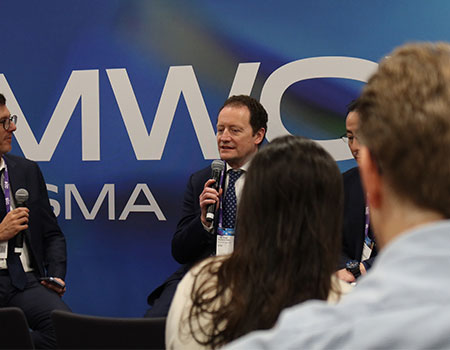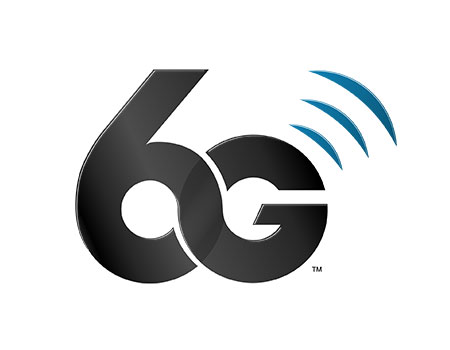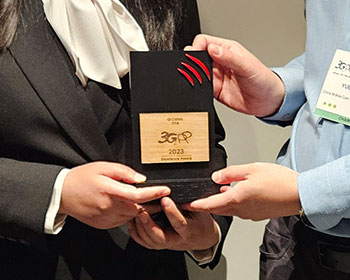HSPA growth reflected in device numbers
Feb 04,2010
The Global mobile Suppliers Association (GSA) confirmed today that 2,137 HSPA (High Speed Packet Access) user devices have been launched in the market by 214 manufacturers...
According to the latest HSPA Devices survey published today by GSA, 861 new devices were launched on the market in the past year alone, representing growth of over 67% year on year (YoY). The number of suppliers grew in the same period by more than 30%, from 164 to 214 companies.
There are 897 HSPA-enabled mobile phones including smartphones, with 382 new products launched since January 2009, representing 74.1% YoY growth. The number of HSPA-enabled notebooks grew by almost 52% in the same period.
Twenty two HSPA femtocell products and 8 HSPA-enabled Ebook readers have been launched.
Support for higher data speeds is a major trend in mobile broadband networks and devices. According to related GSA surveys, more than 96% of WCDMA networks have deployed HSPA, with the majority (over 52%) supporting a peak downlink data capability of 7.2 Mbps or higher. The majority of HSPA devices
(51%) also support a peak downlink data speed of 7.2 Mbps or higher. With 22% of HSPA network operators committed to HSPA Evolution (HSPA+), GSA confirms that 32 HSPA+ devices are launched by 11 suppliers for peak data speeds up to 21, 28 and 42 Mbps (depending on the specific model).
Support for higher uplink speeds has significantly increased, with 493 HSUPA (High Speed Uplink Packet Access) devices now launched, an increase of 156% YoY. 219 HSUPA devices (over 44%) support or are upgradeable for, 5.76 Mbps peak operation, compared to 64 devices in January 2009.
Excluding notebooks and Ebook readers, 529 HSPA devices (31%) incorporate WiFi, which is over 83% growth YoY. 491 HSPA devices (29%) incorporate GPS or A-GPS, an increase of more than 112% YoY, and 188 HSPA devices support mobile TV, covering various standards.
Most WCDMA-HSPA mobile broadband networks operate in the 3G/2100 MHz band, except in the Americas where HSPA systems typically operate in the 1900 and 850 MHz bands. Deploying HSPA in lower bands (below 1 GHz) gives a much larger coverage area and a significant reduction in cell sites needed, compared to 2100 MHz, saving OPEX and CAPEX. Several operators are now deploying HSPA in the 900 MHz band (UMTS900), typically as a complement to 2100 MHz systems, to extend voice, data and mobile broadband services coverage to rural areas; voice quality is also improved. Indeed, UMTS900 is becoming standard for devices destined for Europe, MEA, and APAC markets.
Excluding notebooks and Ebook readers, 15% of HSPA devices support UMTS900.
Similar benefits/efficiencies are obtained when HSPA is deployed in the 850 MHz band, as in the Americas, Australia, and Asia, for which there is a well established eco-system including several hundred user devices. Support for the AWS band (1700/2100 MHz) has also improved considerably.
HSPA Devices Survey Key Findings (January 26, 2010) is published by GSA and available now for viewing and download at www.gsacom.com
 GSA represents leading GSM/3G/WCDMA-HSPA/LTE suppliers worldwide, covering close to 100% of mobile market share. Industry professionals and organizations globally use www.gsacom.com as a single information resource, targeted to the industry, for authoritative facts, market intelligence, objective analysis and information. Interaction and enhanced information-sharing with network operators is facilitated by the Operators Zone for immediate global reach, and seminars and relationship events, including the GSA Mobile Broadband Forum. GSA advises governments, regulators and policy-makers on optimum conditions for market development.
GSA represents leading GSM/3G/WCDMA-HSPA/LTE suppliers worldwide, covering close to 100% of mobile market share. Industry professionals and organizations globally use www.gsacom.com as a single information resource, targeted to the industry, for authoritative facts, market intelligence, objective analysis and information. Interaction and enhanced information-sharing with network operators is facilitated by the Operators Zone for immediate global reach, and seminars and relationship events, including the GSA Mobile Broadband Forum. GSA advises governments, regulators and policy-makers on optimum conditions for market development.
Briefings are given to media and analysts.
GSA Website: www.gsacom.com
According to the latest HSPA Devices survey published today by GSA, 861 new devices were launched on the market in the past year alone, representing growth of over 67% year on year (YoY). The number of suppliers grew in the same period by more than 30%, from 164 to 214 companies.
There are 897 HSPA-enabled mobile phones including smartphones, with 382 new products launched since January 2009, representing 74.1% YoY growth. The number of HSPA-enabled notebooks grew by almost 52% in the same period.
Twenty two HSPA femtocell products and 8 HSPA-enabled Ebook readers have been launched.
Support for higher data speeds is a major trend in mobile broadband networks and devices. According to related GSA surveys, more than 96% of WCDMA networks have deployed HSPA, with the majority (over 52%) supporting a peak downlink data capability of 7.2 Mbps or higher. The majority of HSPA devices
(51%) also support a peak downlink data speed of 7.2 Mbps or higher. With 22% of HSPA network operators committed to HSPA Evolution (HSPA+), GSA confirms that 32 HSPA+ devices are launched by 11 suppliers for peak data speeds up to 21, 28 and 42 Mbps (depending on the specific model).
Support for higher uplink speeds has significantly increased, with 493 HSUPA (High Speed Uplink Packet Access) devices now launched, an increase of 156% YoY. 219 HSUPA devices (over 44%) support or are upgradeable for, 5.76 Mbps peak operation, compared to 64 devices in January 2009.
Excluding notebooks and Ebook readers, 529 HSPA devices (31%) incorporate WiFi, which is over 83% growth YoY. 491 HSPA devices (29%) incorporate GPS or A-GPS, an increase of more than 112% YoY, and 188 HSPA devices support mobile TV, covering various standards.
Most WCDMA-HSPA mobile broadband networks operate in the 3G/2100 MHz band, except in the Americas where HSPA systems typically operate in the 1900 and 850 MHz bands. Deploying HSPA in lower bands (below 1 GHz) gives a much larger coverage area and a significant reduction in cell sites needed, compared to 2100 MHz, saving OPEX and CAPEX. Several operators are now deploying HSPA in the 900 MHz band (UMTS900), typically as a complement to 2100 MHz systems, to extend voice, data and mobile broadband services coverage to rural areas; voice quality is also improved. Indeed, UMTS900 is becoming standard for devices destined for Europe, MEA, and APAC markets.
Excluding notebooks and Ebook readers, 15% of HSPA devices support UMTS900.
Similar benefits/efficiencies are obtained when HSPA is deployed in the 850 MHz band, as in the Americas, Australia, and Asia, for which there is a well established eco-system including several hundred user devices. Support for the AWS band (1700/2100 MHz) has also improved considerably.
HSPA Devices Survey Key Findings (January 26, 2010) is published by GSA and available now for viewing and download at www.gsacom.com
About GSA:
 GSA represents leading GSM/3G/WCDMA-HSPA/LTE suppliers worldwide, covering close to 100% of mobile market share. Industry professionals and organizations globally use www.gsacom.com as a single information resource, targeted to the industry, for authoritative facts, market intelligence, objective analysis and information. Interaction and enhanced information-sharing with network operators is facilitated by the Operators Zone for immediate global reach, and seminars and relationship events, including the GSA Mobile Broadband Forum. GSA advises governments, regulators and policy-makers on optimum conditions for market development.
GSA represents leading GSM/3G/WCDMA-HSPA/LTE suppliers worldwide, covering close to 100% of mobile market share. Industry professionals and organizations globally use www.gsacom.com as a single information resource, targeted to the industry, for authoritative facts, market intelligence, objective analysis and information. Interaction and enhanced information-sharing with network operators is facilitated by the Operators Zone for immediate global reach, and seminars and relationship events, including the GSA Mobile Broadband Forum. GSA advises governments, regulators and policy-makers on optimum conditions for market development. Briefings are given to media and analysts.
GSA Website: www.gsacom.com


 Partners News
Partners News 




